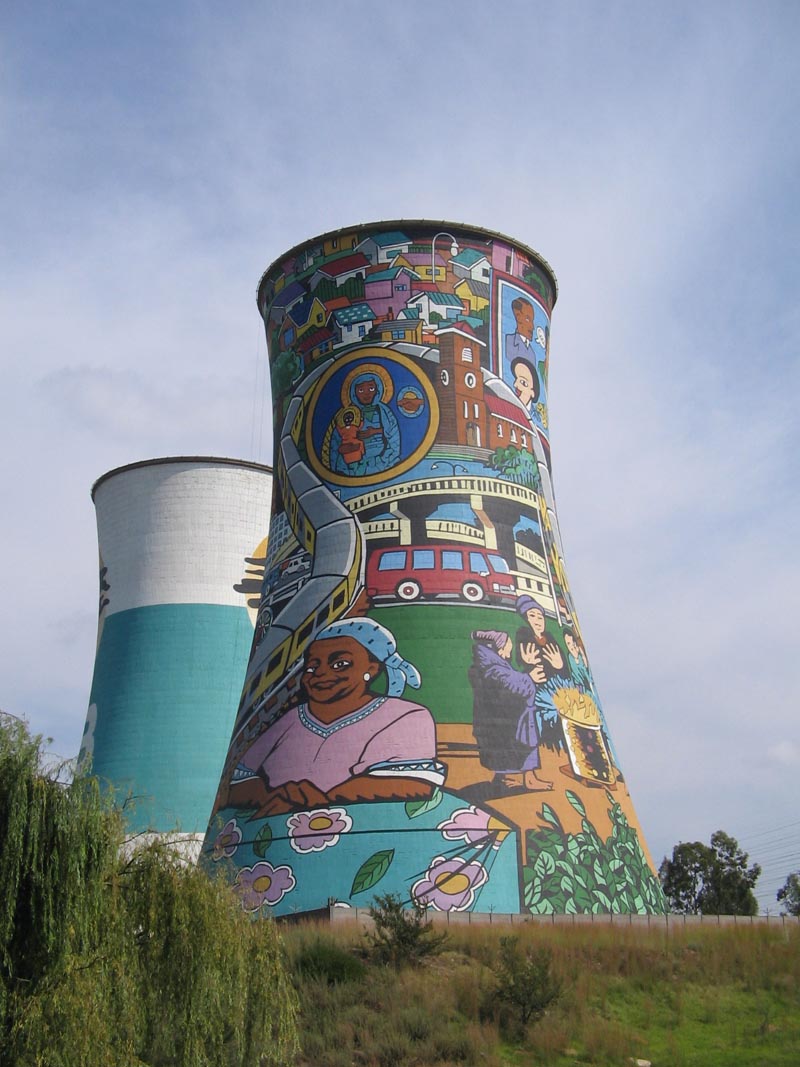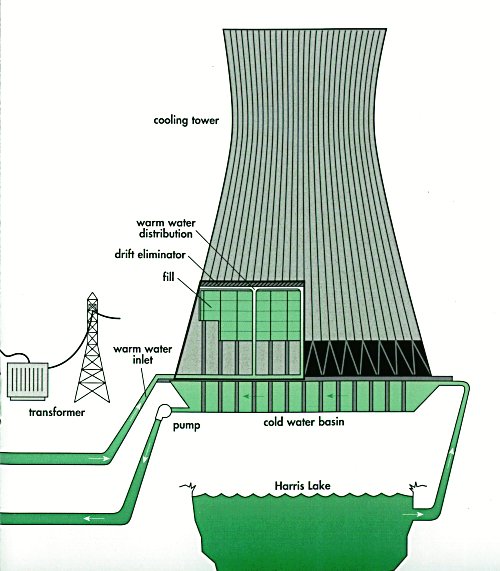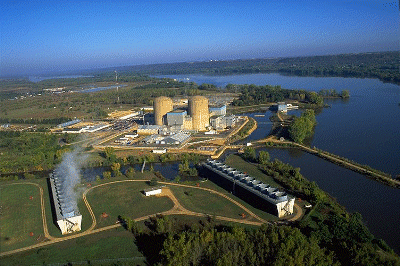By Guest Author: Robert Williams, PhD, P.E.
There is a dominant stock investing theme that directs you to invest in companies that provide a product that everybody uses every day. May I draw your attention to a specific product in this category, namely asphalt? Unless your house has a tile roof, you probably woke up under an asphalt-tiled roof; walked to your car on an asphalt footpath; drove your car to work on an asphalt-surface highway or freeway; and parked your car in the asphalt-surface office car park.
In addition, President Obama is going to re-surface all of the US deteriorating freeways and highways – using asphalt of course.
You may wish to consider investing in some of the asphalt companies identified in this article. However, most asphalt involved companies are large conglomerates and certainly the asphalt producers are the major oil and gas conglomerates some of which are listed below.
If you have not even thought of where the asphalt comes from you should be aware that it is derived from crude oil refining which primarily produces your gasoline and diesel which you also use every day.
In order to be ready for road surfacing asphalt needs to be transported from the refineries to road construction companies that combine it with various rock aggregates to provide the hard surface that you drive on. This thick black substance is only liquid at temperatures above 300 degrees Fahrenheit and requires specially designed and dedicated trucks to transport the asphalt while maintaining its temperature. I have been involved with various refinery automation projects including asphalt truck loading racks where asphalt is sold by refinery truck weigh scales (weight out minus weight in) with computer controlled and data processing for product loading authorization and custody transfer accounting/ billing for each load.
If we have international readers you should be aware that we are talking about bitumen, but not tarmac or coal tar. Tar is derived from coal and was the original road surfacing material when it was available from coal gas processing which has long been replaced by natural gas. These coal tar roads date back to the early 1800’s when John McAdam started the road surfacing referred to as tarmac or macadam roads.
Apart from the major oil companies shown in group stock charts as asphalt producers there are a large number of privately- and publicly-owned companies involved in getting the asphalt onto the roads, or car parks, or roofs. Some of these non-private companies are listed here with a brief description and their earnings estimates. According to your personalized investing criteria listed in your Trading Plan you should evaluate and exercise your due diligence as to potential investment opportunities. This is who, what, where, why and how but not the when. At this time the author has no investments in any of these companies.
Alon USA Energy, Inc. (ALJ) operates as an independent refiner and marketer of petroleum products primarily in the south central, southwestern, and western regions of the United States. ALJ has three segments: Refining and Marketing, Asphalt, and Retail. The Asphalt segment markets paving and roofing grades of asphalt, and performance-graded asphalts, emulsions, and cutbacks through its 12 refinery/terminal locations. Alon USA Energy, Inc. is a subsidiary of Alon Israel Oil Company,

Astec Industries, Inc. (ASTE) designs, engineers, manufactures and markets equipment and components used primarily in road building, utility and related construction activities. ASTE products are used in each phase of road building, from quarrying and crushing the aggregate to application of the road surface. The business segments are Asphalt Group, Aggregate and Mining Group, Mobile Asphalt Paving Group and Underground Group.

CRH plc (CRH) is an international building materials company, which manufactures and distributes building material products. The Company is organized into four divisions, two in Europe: Materials and Products & Distribution; and two in the Americas: Materials in the United States and Products & Distribution in the United States, Mexico, Canada, Chile and Argentina. Materials businesses are involved in the production of cement, aggregates, asphalt and ready-mixed concrete.

Holly Corporation (HOC) is an independent petroleum refiner, which produces light products, such as gasoline, diesel fuel and jet fuel. It owns and operates two refineries consisting of a petroleum refinery that is operated in conjunction with crude oil distillation and vacuum distillation and other facilities in New Mexico, and a refinery in Utah; owns approximately 900 miles of crude oil pipelines located principally in west Texas and New Mexico; owns and operates Holly Asphalt Company, along with other assets including approximately 1,700 miles of petroleum product pipelines located in Texas, New Mexico and Oklahoma; 10 refined product terminals; and two refinery truck rack facilities.

NuStar Energy L.P. (NS) provides storage and truck loading terminal services for crude oil and refined petroleum products to the producers of crude oil, integrated oil companies, chemical companies, oil traders and refiners. NS has five business segments: refined product terminals, refined product pipelines, crude oil pipelines, crude oil storage tanks and marketing. In March 2008, NS announced that it has completed its acquisition of CITGO Asphalt Refining Company’s asphalt operations and assets which is the primary reason for including them in this Asphalt article.

Terex Corporation (TEX) is a diversified global manufacturer of capital equipment for the construction, infrastructure, quarrying, surface mining, shipping, transportation, refining and utility industries.

Vulcan Materials Company (VMC) is a producer of construction aggregates, primarily crushed stone, sand and gravel, a producer of asphalt and concrete and a producer of cement in Florida. The Company operates through three segments: Aggregates, Asphalt mix and Concrete, and Cement.



If you are familiar with other listed asphalt handling companies the author and the readers would appreciate knowing about them via the comments input section below
Author Bio:
Robert Williams 40 plus years experience includes oil/gas engineering in crude oil/petroleum products/natural gas, refining, processing and pipelines on all continents, except South America and Antarctica, from Alaska and Australia pipelines to S.E. Asia offshore, from UK North Sea to Los Angeles fuel truck racks and from Romanian pipelines to West Africa FPSO.




















































